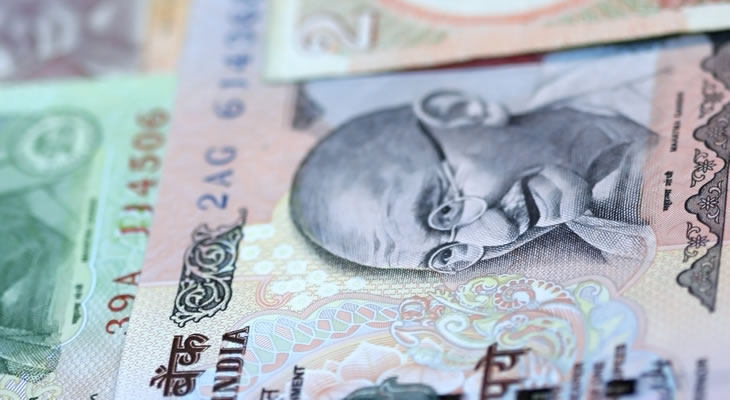Sky-High UK Inflation Builds Case for Early BoE Rate Hike – GBP Exchange Rate Outlook Bolstered
The Pound Indian Rupee (GBP/INR) exchange rate soared on Tuesday, bolstered by the UK’s latest consumer price index (CPI) print and the building anticipation for an earlier-than-expected rate hike from the Bank of England (BoE).
The UK’s year-on-year inflation reading remained at 3% in January, consistent with the previous period but above the market forecast of 2.9%.
The core reading (excluding the prices of energy and other more volatile goods) increased to a whopping 2.7%, however, smashing December’s 2.5% and the market forecast of 2.6%.
This is pertinent in that the BoE has consistently cited high levels of inflation as one of the deciding factors that would prompt an earlier-than-expected rate hike, with January’s release effectively confirming a rate hike in May for many analysts.
Amit Kara, Head of UK Macroeconomic Forecasting at NIESR echoed this sentiment, not only predicting a rate hike in May but predicting rises every six months until the bank reaches 2%.
Kara stated:
‘UK January CPI inflation was unchanged at 3.0%. Inflation has likely peaked and is set to return to the target rate of 2.0% over the next eight quarters. Our forecast assumes a rate increase by the MPC in May and every 6 months after until it reaches 2%’.
This outlook leaves the Pound on solid footing, though ongoing support will largely be dependent on the Brexit negotiation process.
Indian Inflation Cools – Could India’s Economy be stabilising?
Slowing levels of inflation in India could signal that the worst is over for the Indian economy.
According to January’s figures, consumer prices in India increased by 5.07% year-on-year, down from the previous period’s high of 5.21% and the market forecast of 5.14%.
This fall was largely driven by a drop in the prices of vegetables and pulses – factors that also drove food inflation down by over 1%.
Whilst this reading still remains above the Reserve Bank of India’s (RBI) target level of 4%, the notable drop could push the RBI further away from rate cuts in the months ahead.
In other news industrial production grew at 7.1% in December, down from November’s 17-month high of 8.4%, but easily beating the market expectation of 6.2%.
Looking ahead, markets will be keen to assess Thursday’s Indian balance of trade reading – with the national deficit forecast to narrow from $-14.88b to $-14.1b.
If this does indeed occur then the Indian Rupee could see additional purchase.
Brexit Transition Talks in Focus – What can we Expect for the GBP/INR Exchange Rate?
Bolstered by hopes of a rate hike in May the Pound will likely extend its lead against the Indian Rupee (GBP/INR) in the near-term, but with the BoE asserting that so much is dependent on progress being made in Brexit negotiations, nothing is yet written in stone.
Indeed, very little clear progress has been made this week in Brexitland, with the EU’s Chief Negotiator Michel Barnier and the UK’s Brexit Secretary failing to make headway due to apparent ‘surprising’ and ‘substantial’ demands.
The impasses remain mostly the same, with the EU insisting that the UK must be willing to accept new EU laws during the transition period and the UK pushing for the right to treat EU citizens arriving in the UK during the transition differently from those already here.
Davis has also strongly objected to a clause that would allow Brussels to sanction the UK for infringing EU law – describing it as ‘discourteous’ and in ‘bad faith’.
This could prove problematic as things drag on, with many businesses extremely keen for some degree of clarity on this front, but also for progress onto trade talks.
If no headway is made then trade talks could be delayed even longer, potentially putting the GBP/INR exchange rate under renewed pressure.
If transitional talks complete on schedule, however, then the Pound may extend its lead.


Comments are closed.